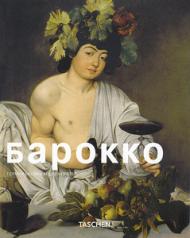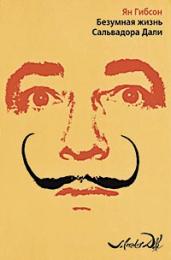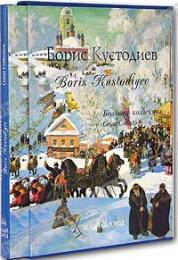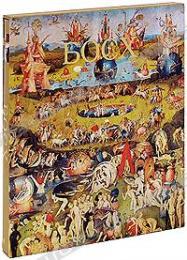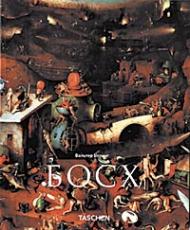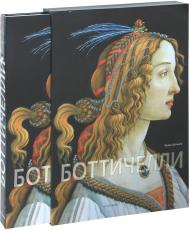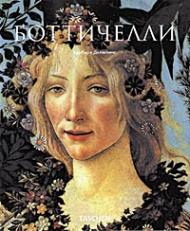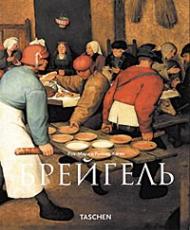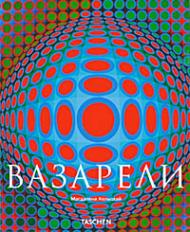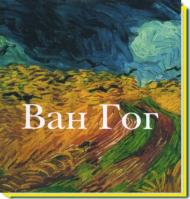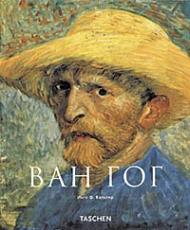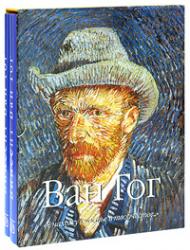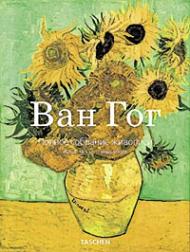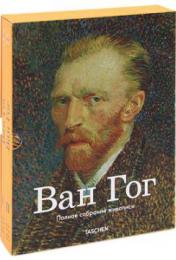Инго Ф. Вальтер
ID:
680
Книга о голландском художнике Винсенте Ван Гоге (1853–1890).
Он в жизни был полным неудачником. Так считали его современники. Он не смог обзавестись семьей, не умел сохранить возле себя друзей и вечно нуждался в деньгах. Талант Ван Гога был признан только после его смерти. Ранее гонимый Винсент теперь стал героем, большая часть его наследия считается собранием превосходных творений.
Искусство живописца, столетие назад находившегося на периферии художественного творчества, и сам Ван Гог, бывший вне общества, сегодня стали необычайно знамениты. Его произведения являют собой воплощение мирской неудовлетворенности, которая теперь охватила всех. Людям импонирует образ одинокого непонятого художника. И Ван Гог, образец совершенства в искусстве, стал одним из мучеников авангарда. Несмотря на хаос, окружавший его в реальности, в своих картинах он выражал собственную идею соразмерности, которую ощущал во Вселенной, во множественности ее проявлений и противоречий. Его искусство было попыткой упорядочить мир. Он не ставил перед собой задачи укрыться от реальности и не стремился сознательно занять позицию страдальца в жизни, напротив, он был неистово увлечен идеей воплотить мир в ярких, осязаемых образах.
Издание состоит из четырех глав, рассказывающих о жизни художника и об истории создания каждой картины, представленной в издании. В конце книги приводится хронология жизни и творчества мастера, проиллюстрированная документальными фотографиями.
Посмотреть англоязычное издание книги Ван Гог - Van Gogh
